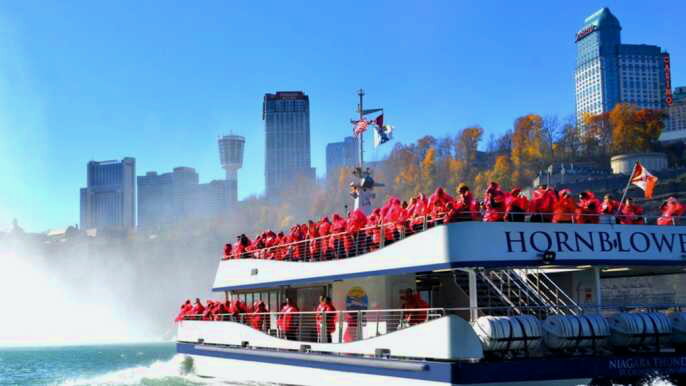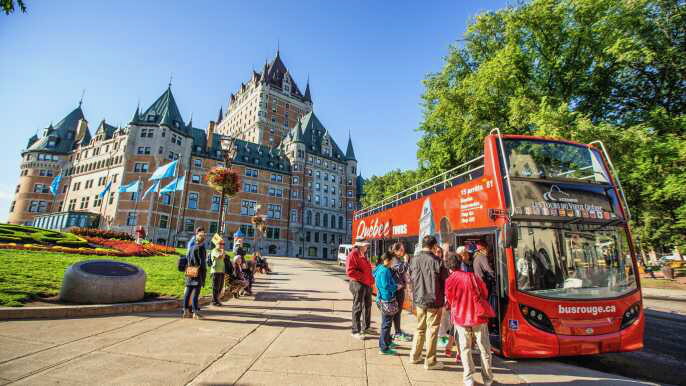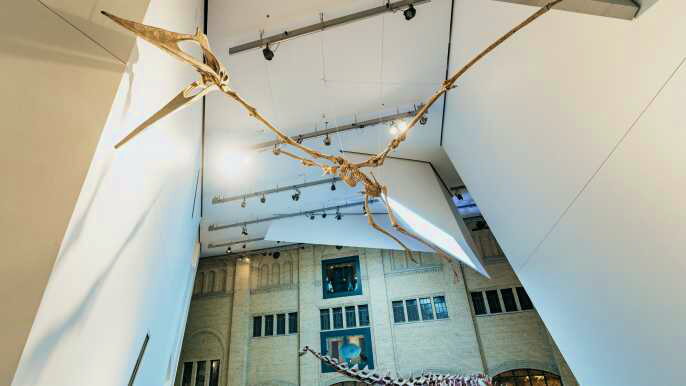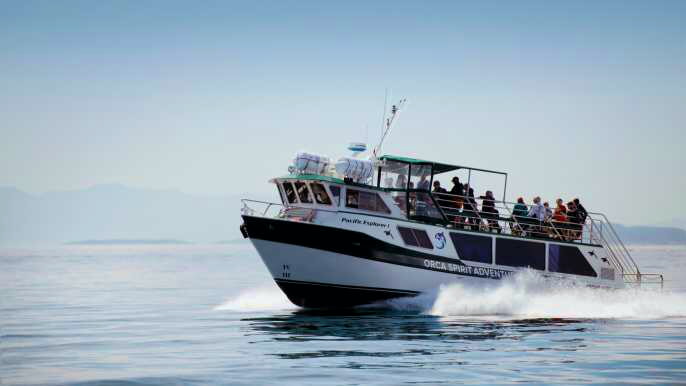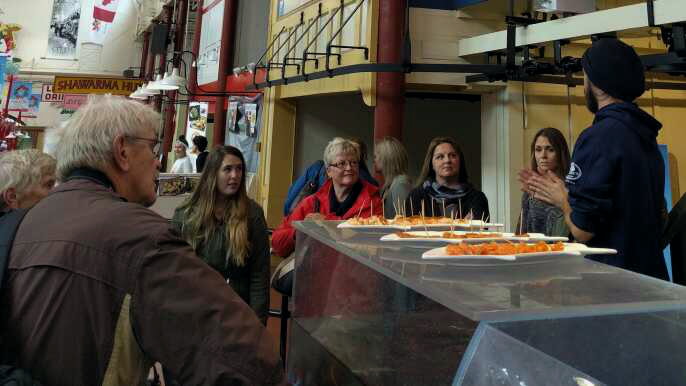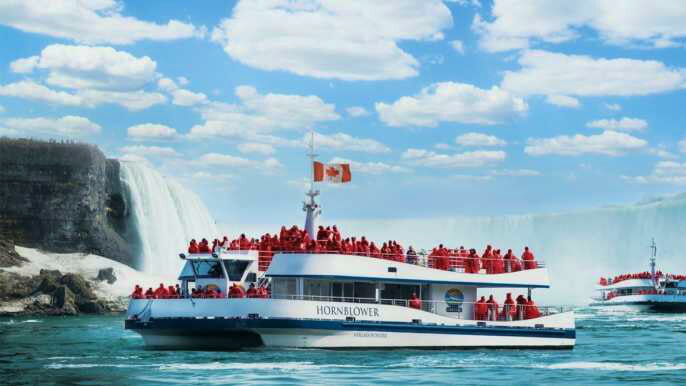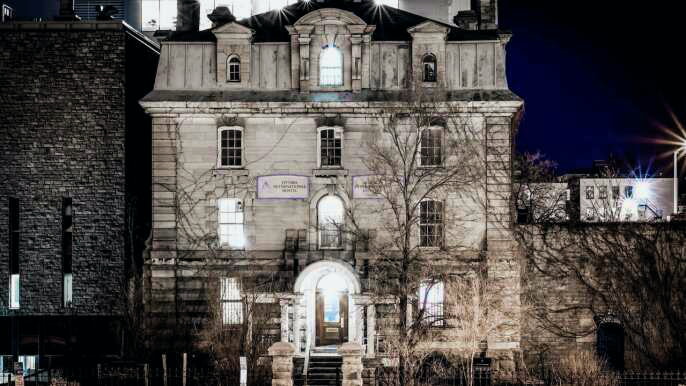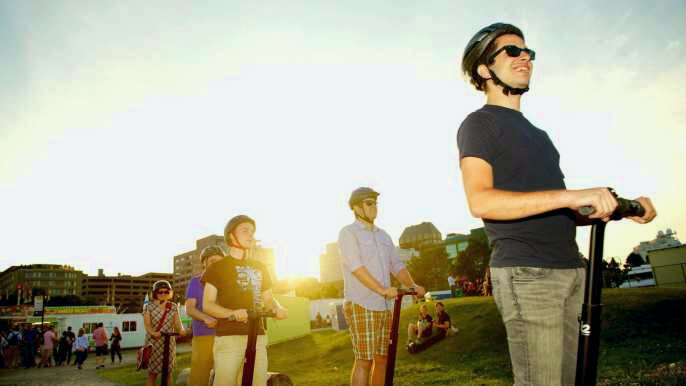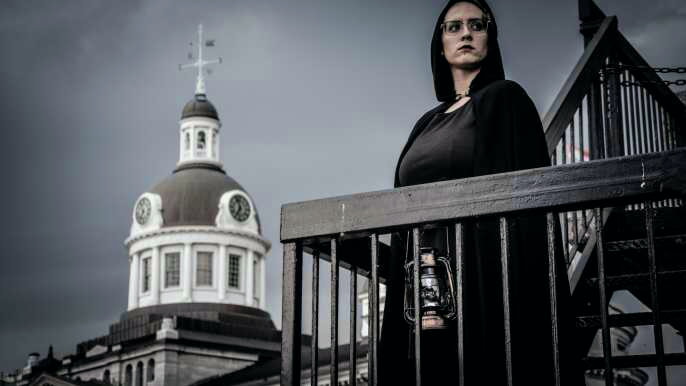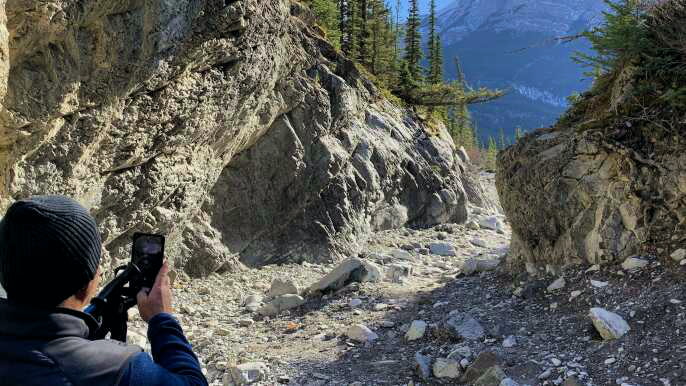There's an enormous joie de vivre in Montreal, a city of historic districts, skyscrapers in unexpected shapes and colors, and sprawling neighborhoods of artists' lofts, boutiques and cafes.
Besides all the art you could ever want, there's also a slew of festivals and pop-up events to keep you busy. If you're in the mood to get down and dirty, you can even take a cycling tour around the streets of Mile End!
The Underground City
The Underground City, known by Montrealers as le Reseau de la Ville Souterraine (RESO), is a network of tunnels and walkways that connects many buildings and metro stations. It is the largest underground pedestrian network in the world.
It was built in the 1960s when the city was experiencing a boom in urban development. It was built to separate pedestrians from the cars and is one of Montreal’s best examples of urban planning success.
The system consists of more than 32 kilometers of pedestrian tunnels that connect more than 60 connected buildings. Though the connecting tunnels are mostly below street level, there are also some key passageways that are located at ground level and there’s a sky bridge as well.
Notre-Dame Basilica
One of the city’s most enduring landmarks is Notre-Dame Basilica, a gleaming Gothic Revival masterpiece of breathtaking craftsmanship. The first neo-Gothic church in Canada, the Notre-Dame Basilica is a testament to the rich Catholic heritage of Montreal.
Irish-American architect James O’Donnell was commissioned by the Sulpicians in 1824 to design a new church for their congregation. His bold vision was a daring edifice on a scale unequalled in North America.

Lachine Canal
Located in the heart of Montreal, the Lachine Canal is much more than an inland waterway. It's a multi-faceted attraction that offers a refreshing respite from the urban rush and reveals more than 150 years of industrial and navigational history.
The 14.5 km canal runs from Old Port to Lake Saint-Louis and has a series of locks that are open to boats. This is a popular destination for tourists and locals alike.
There are a number of ways to enjoy the canal, from walking or cycling along its path to kayaking and paddle boat rentals. You can also visit the National Historic Site's Visitor Centre and the Fur Trade Museum.
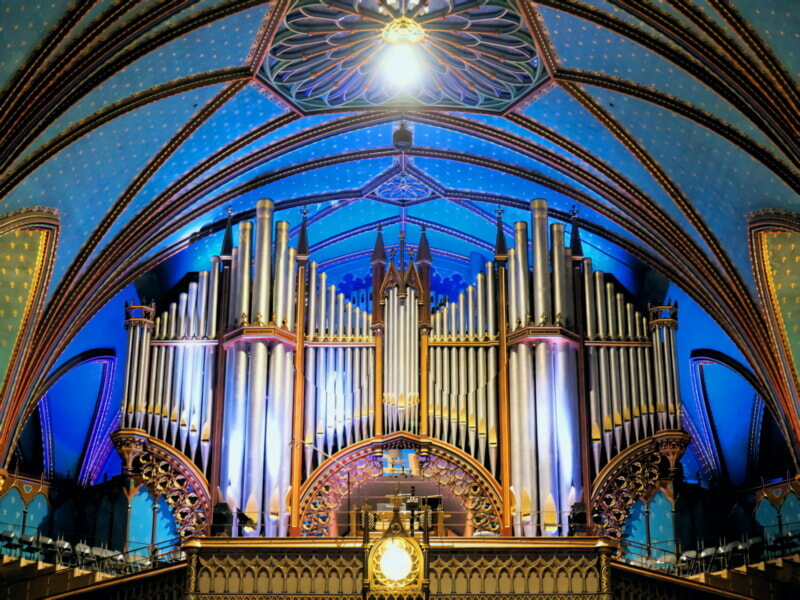
Place des Arts
Located in the city's Quartier des Spectacles, Place des Arts is home to some of Canada's biggest cultural organizations and events. It's a popular destination for locals and visitors alike, with shows, dance performances and opera performances available year-round.
During the summer, the centre hosts the annual Montreal International Jazz Festival and Just for Laughs comedy festival. In addition, the complex hosts a variety of other theatres and concerts.
The theatres include the 3000-seat Salle Wilfrid-Pelletier, where Les Grands Ballets Canadiens and the Opera de Montreal perform. The 1500-seat Theatre Maisonneuve hosts variety shows and dance performances. The smaller Cinquieme Salle hosts cabaret, experimental theater and small concerts.
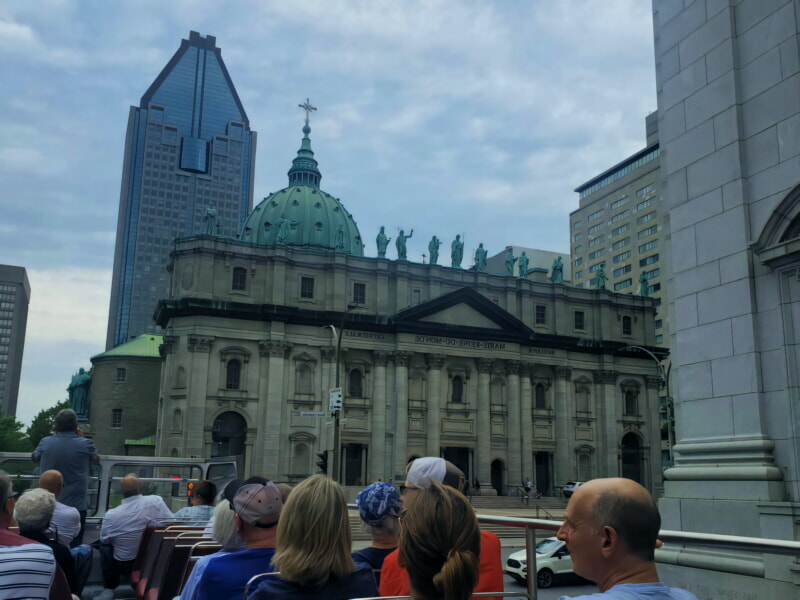
The Redpath Museum
The Redpath Museum, located on the campus of McGill University, is one of Canada's oldest buildings designed specifically to be a museum. It houses a plethora of interesting collections in various genres including ethnology, biology, geology, paleontology and mineralogy.
This eclectic building combines the Greek Revival style with the Victorian classicism to create a beautiful environment in which to house an impressive collection of artefacts and fossils. The museum also hosts lectures, film screenings and weekend workshops for families.
Old Montreal
Old Montreal is a fascinating district of historic buildings, contemporary art galleries and high-end restaurants. With so many attractions, you’ll want to spend a full day exploring this charming part of the city.
In the middle of it all is Place Jacques-Cartier, where you can see some of the area’s most impressive architecture, including City Hall and Nelson’s Column. Also in the area is Chateau Ramezay, Quebec’s oldest private history museum and a great way to learn about Montreal’s past on a more personal level.
Over the years, municipal authorities have worked to preserve the district. These efforts included converting older building into hotels to spread the neighbourhood’s activity across the entire day and making it more lively at night with Operation Lumiere, a lighting plan introduced in 1996 that celebrates the varied styles of architecture.

